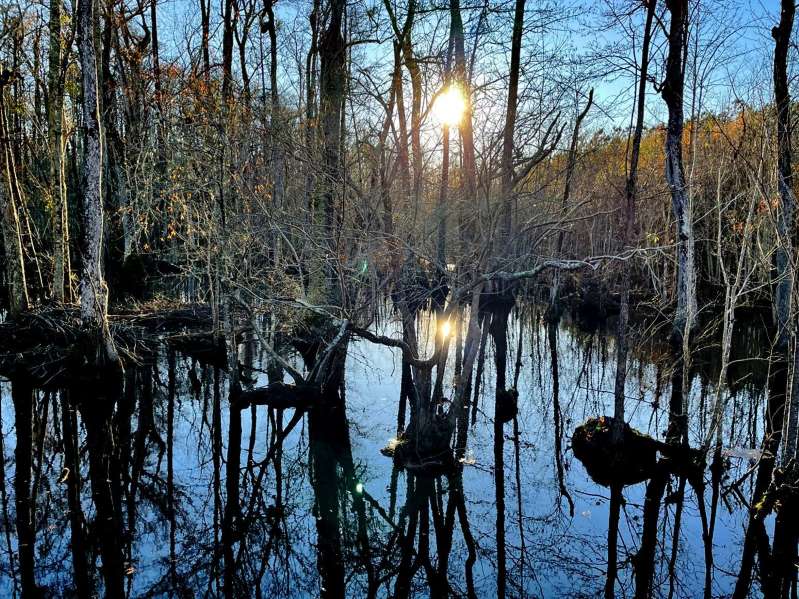
Hampton Roads Branch President Audrey Perry Williams has been a member of the Great Dismal Swamp Stakeholder Collaborative for almost two years. Working with local Native American tribes, the U. S. Fish and Wildlife Service and other Stakeholders, our mission is to revive the forgotten history of the Great Dismal Swamp and to ensure federal recognition for its role in history. This initiative supports ASALH’s mission to promote, research, preserve, interpret and disseminate information about Black life, history and culture to the global community. Hopefully an end result will be to have this material included in the the Social Studies curriculum in the public schools.
This article first appeared in The Virginian-Pilot on 12/22/2020
The Great Dismal Swamp has long been recognized for its importance as a National Wildlife Refuge, and now local activists and members of Congress want it to get a similar federal recognition for its role in history.
U.S. Rep. Donald McEachin (D) has introduced a bill that would get the swamp designated a National Heritage Area, which could bring federal funding for historic preservation.
“It also allows us to call attention to this region as having a really unique history and cultural landscape,” said Alexandra Sutton Lawrence, Southeast Regional Program Director at The Wilderness Society.
From the start of European settlements in the 1600s through the Civil War, the swamp was a safe-haven for thousands of Native Americans and Black people escaping slavery.
The effort is spearheaded by the Great Dismal Swamp Stakeholder Collaborative, which includes local Native American tribes, the U.S. Fish and Wildlife Service and the Association for the Study of African American Life & History.
CLICK HERE TO READ FULL ARTICLE
